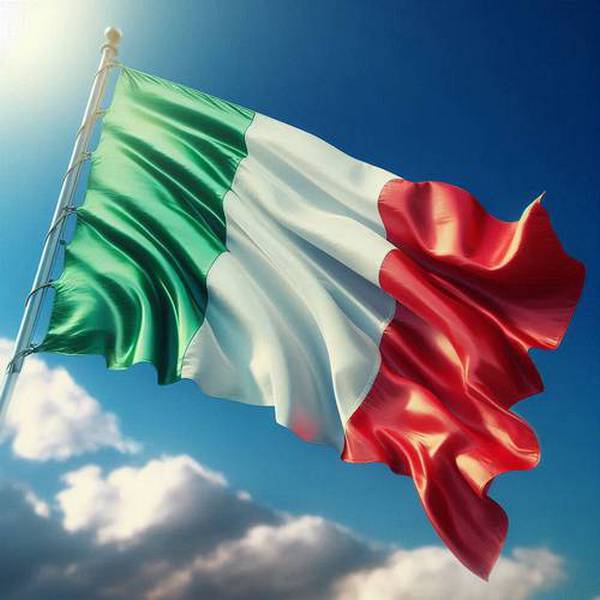Algeria

The Algerian flag was officially adopted on July 3, 1962, following the country's independence from France. Its design, however, dates back to 1928 when it was created by Messali Hadj for the Algerian nationalist movement. The flag consists of two equal vertical bars: green and white, with a red crescent and star in the center. This emblem was used by the National Liberation Front during the Algerian War of Independence (1954-1962) and has remained a symbol of Algerian sovereignty ever since.













